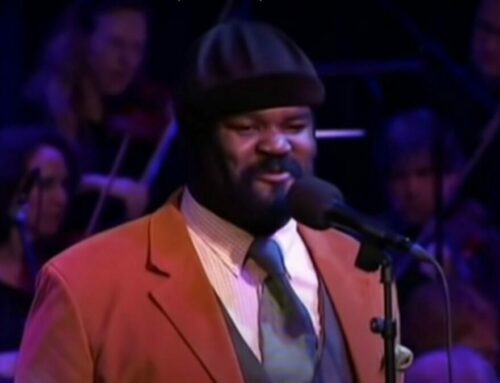Sheila Jordan, the Jazz Child, “the Singer with the Million Dollar Ears” – whose impressive mentor and friend was the tremendous Charlie Parker, is now 87 and is still performing today!
You can just as easily bump into her in Japan, Germany or Italy as you can cross the Atlantic Ocean and admire her in her natural habitat; New York.
You just have to love her for her illuminating smile – she’s one of the friendliest singers I have ever met. She’s big into giving inspiring workshops on improvisation.
In Amsterdam, I met her during one of her master classes and I became an instant fan of her joyful personality, her supportive coaching and her vast musicality. Oh man!
Whenever I listen to Sheila Jordan, I’m impressed by her light and lovely timbre, excited by the way she improvises to bebop tunes and taken on a journey by her alluring stories.
Sheila Jordan (born Sheila Jeanette Dawson) pioneered a scat jazz singing style accompanied by an upright bass only, bringing her much praise by critics. She also is a wonderful songwriter in her own right. The art of vocalising is one of her highly celebrated skills.
Now… what can YOU learn from this exceptional jazz singer? To me, her improvisational skills stand out. The way she easily moves from one chord to the other, the way she builds phrases and plays with your expectations, while still in vocal control. Lend me 10.000 hours of your time and we’ll get there too!
Takes too long? Okay, how about: hop over to the piano, and read some chords with me.
The chords of your song will give you a guideline as how to improvise. Let’s imagine you sing Mack the Knife in the key of F major. This is a 16 bars song, with the following chords:
F6 / F6 / Gm7 / Gm7 /
C7 / C7 / F6 / F6 /
Dm7 / Dm7 / Gm7/ Gm7/
Gm7 / Gm7 C7 / F6 / F6 /
As some of you may notice, all chords derive from the key of F major. So when you begin to improvise, you can choose notes from that scale for the duration of the song. Here’s the scale: F, G, A, Bb, C, D, E, F. Have some fun with the note “F”, and repeat it during the whole song, sustaining this note, and sometimes change the rhythmical pattern.
Now listen closely to what happens when the chords change, while you still sing that same note. The relation of this one note to the chord with which it is being played, changes. How exciting is that? I find this extremely exciting myself!
Of course, you can also choose another note from the scale, and repeat this note for the duration of the song. Start by picking “A”, or “C”, or “D”, then pick other notes from the scale of F. Try to sharpen your ears for tensions and release of tensions, so you will get those million dollar ears before you know it and improvise like mad too! See you on stage!
With love,
Ilse
My album tip for you:
Sheila – Sheila Jordan & Arild Andersen (Steeplechase, 1977)
Sheila Jordan on Wikipedia






